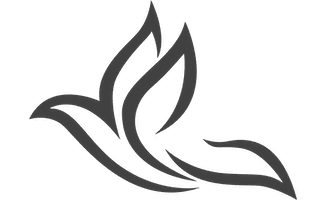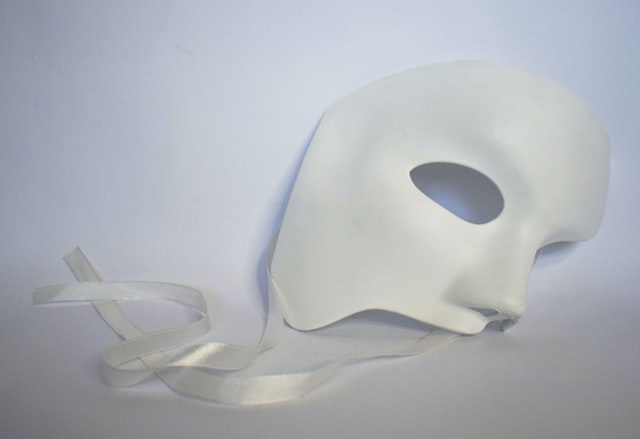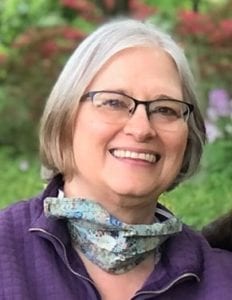Halloween will soon be upon us and, with modifications for social distancing, children everywhere are gathering their costumes and preparing to go trick-or-treating.
Halloween costumes can be great fun – for children and for adults. Costumes let us try on different identities, even identities that scare us. Put on a costume and you can be a firefighter, action hero, fairy princess, NASCAR driver, witch, master chef, doctor, or demon. You can be frightening or adorable. You can be saucy, nerdy, scary or just plain weird. And what’s more, people give you candy!
Costumes can be fun – but they can also be limiting. What “costumes” do you wear every day? If your job requires you to wear a uniform, you know that people react to that uniform as much as to what you do and who you are. But what about uniforms and costumes that are less obvious – the “uniforms” of corporate manager, soccer mom, socialite, or trendsetter? Or the “non-uniform” – the sloppy, I-don’t-care-how-I-look-or-what-you-think-of-me uniform?
Costumes can serve us. Uniforms help people identify us and get help – whether they need a police officer, a store clerk, or a nurse. You can often “fake it till you make it” by putting on the right physical and mental costume and starting to play the part, even if you don’t feel fully prepared.
And costumes can help us – and others – feel more comfortable in social interactions. Imagine if you turned up at a PTA meeting in a ballet leotard or went to dance class in your blazer, skirt and heels. But costumes, uniforms and attire can also build walls between us. As much as they help us identify others seemingly “like us,” we can also subconsciously identify people in different forms of attire as “not like us.”
What about the mental costumes we wear – the masks and roles we put on that sometimes limit our vision? We don some of the masks in an effort to protect ourselves, thinking that, in certain situations at least, our true self is not appropriate or acceptable. At other times, we mask our true selves, thinking (consciously or not) that if we hide our true self, we can’t get hurt. Other masks develop from ideals (our own or others’) that then turn into limiting habits and beliefs. Here are a few common examples: “I am a manager, so I have to keep my decorum at all times.” Or, “I have to maintain a sense of authority in order to be an effective parent.” Or “Good girls don’t cause a stir.”
Our spiritual teachers encourage us to be our authentic selves. But what is our “authentic” self, anyway, and how do we get to it? I don’t claim to know the secret. My working definition of my own authentic self is: “that part of me that is grounded and centered and connected to Truth and Love (which I often name God); that part that does not feel a need to either hold back or insist on my own way; that part that is open to what wants to unfold, for the higher good of all. (And, incidentally, the higher good for all does include me – and it has taken me a good while to get to that.)
Invitation to Action:
- Think about the costumes and masks you wear each day.
- Choose the costumes and mask you put on (both physical and mental) carefully, and with intention to serve, not to hide.
- Let yourself take off your masks once in a while, just to see how it feels. Visualize taking off your mask before beginning your spiritual practice, confident that God-Source-Life already knows and loves you just as you are. Let yourself learn more about your true self as well.



 by Heart Light Digital
by Heart Light Digital